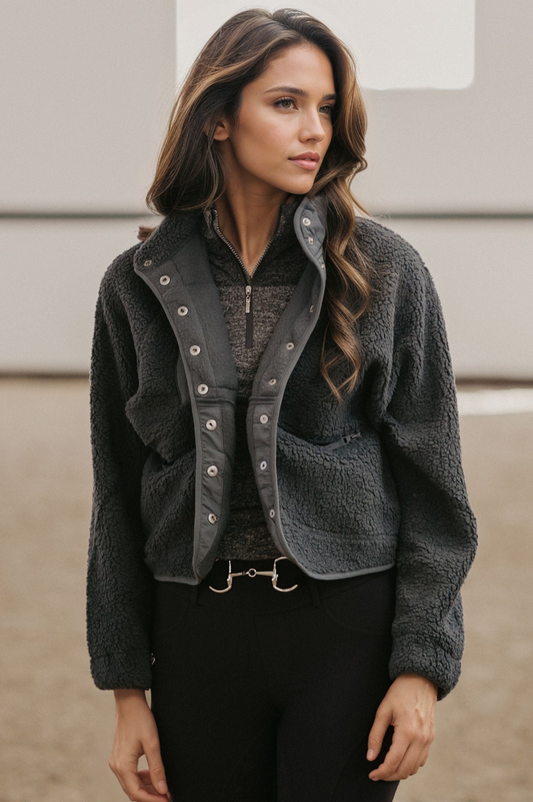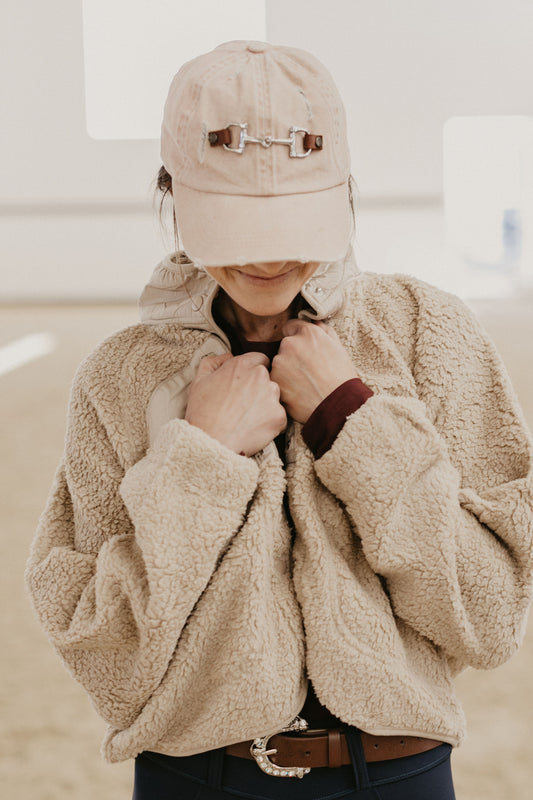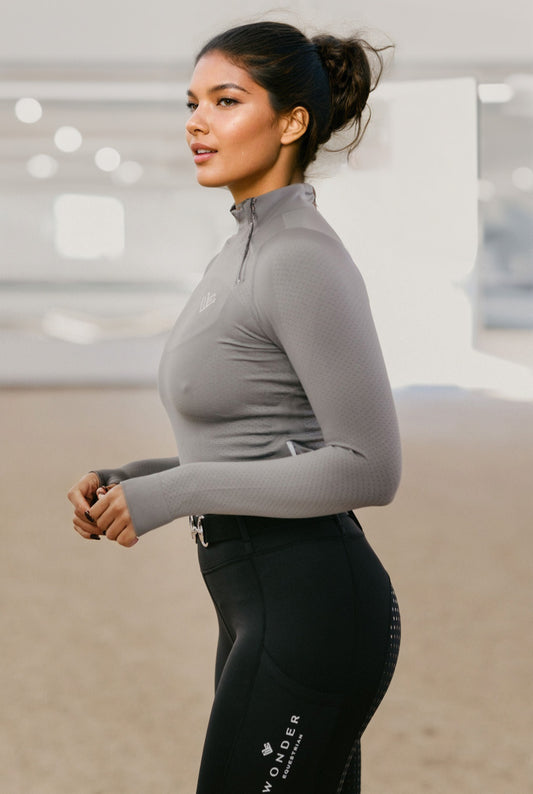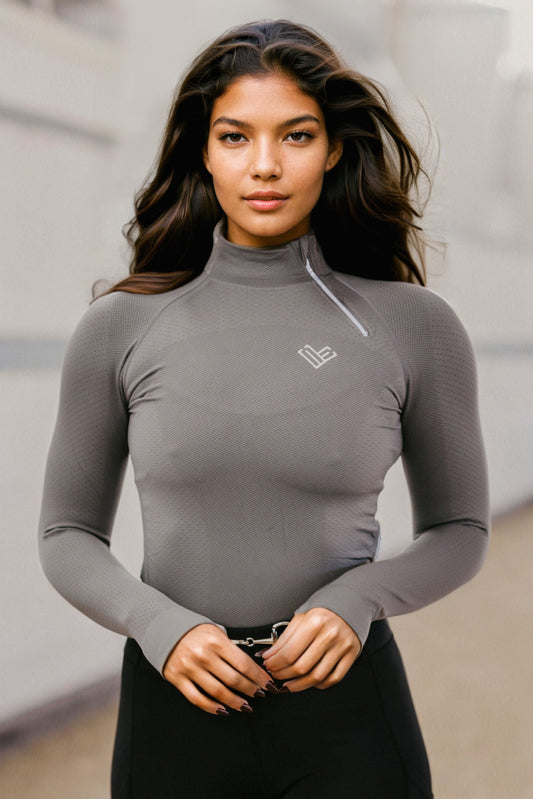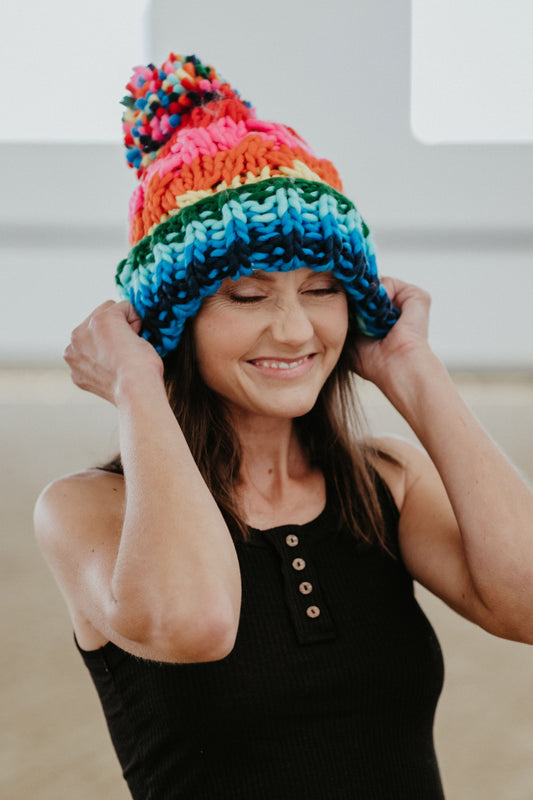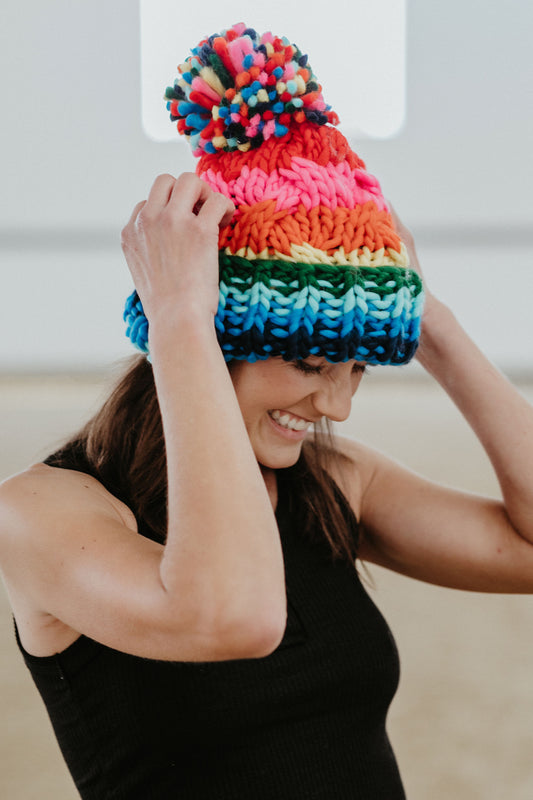Introduction to Equestrian Attire
When it comes to equestrian sports, dressing appropriately isn't just about looking the part. Equestrian attire serves a functional purpose, ensuring rider safety, comfort, and performance enhancement. Whether you're a seasoned show jumper or a beginner taking your first riding lessons, understanding the essentials of equestrian clothing can make a significant impact on your riding experience. Below, we've listed ten essential tips for achieving equestrian attire success.
Understanding the Basics of Equestrian Clothing
Equestrian attire is designed with the unique needs of horseback riding in mind. From providing grip in the saddle to protecting the rider from the elements, each piece of clothing has a role to play. Before we delve into the tips, it's important to recognize that the basic equestrian wardrobe typically includes a helmet, riding boots, jodhpurs or breeches, gloves, and a shirt designed for riding.
Tip 1: Safety First - Always Wear a Helmet
Your safety should be your primary concern, and that starts with a properly fitting helmet. A certified riding helmet will protect your head from injury in the event of a fall. Helmets should be replaced after a significant impact or according to the manufacturer's recommendations. Additionally, ensure your helmet fits snugly and is correctly fastened each time you ride.
Tip 2: Choose the Right Footwear
A good pair of riding boots is essential. They should have a small heel to prevent your foot from slipping through the stirrup and offer adequate ankle support. Consider the type of riding you'll be doing when selecting between long boots, paddock boots (which are worn with half-chaps), or specialized discipline-specific boots.
Tip 3: Select Appropriate Riding Pants
Whether you choose jodhpurs or breeches, ensure they have a comfortable fit and provide freedom of movement. Look for pants with a grip or suede patches on the inner leg for additional stability in the saddle. Avoid wearing pants with seams on the inner thigh, which can cause chafing and discomfort.
Tip 4: Invest in Quality Gloves
Riding gloves not only protect your hands from blisters but also improve grip on the reins. Choose gloves that fit well and are made from appropriate materials—leather or synthetic fabrics with grip-enhancing features are popular choices among riders.
Tip 5: Dress for the Weather
Equestrian apparel includes various layers and accessories designed to keep you comfortable in all weather conditions. During colder months, layer up with a thermal base layer, fleece, and a waterproof and windproof jacket. In warmer weather, opt for light, breathable fabrics to keep cool.
Tip 6: Prioritize Comfort and Fit
Regardless of the brand or style, your riding clothes must be comfortable and fit well. Ill-fitting attire can distract you from your ride and even pose a safety risk. Pants should be snug but not restrictive, while tops should allow for a full range of arm motion without bunching up.
Tip 7: Use Appropriate Undergarments
Don't underestimate the importance of wearing the correct undergarments. Sports bras provide necessary support, and seamless underwear can prevent uncomfortable rubbing. Also, consider wearing specially designed equestrian undergarments for extra padding and protection.
Tip 8: Keep It Tidy with a Hairnet or Band
Long hair should be neatly tied back or tucked into a hairnet when riding. This not only presents a polished appearance but also ensures your hair doesn't become entangled in equipment or obstruct your vision.
Tip 9: Maintain Your Attire
Regularly clean and maintain your equestrian attire. Boots should be polished, clothes should be free of stains, and helmets should be inspected for any signs of wear and tear. Well-maintained attire not only looks better but also performs better and lasts longer.
Tip 10: Adhere to Dress Codes
If you're competing, be aware of specific dress codes that may apply. Each discipline has its own set of attire requirements that must be adhered to, both for appearance and often for safety reasons. Always check the rules before an event to ensure compliance.
Conclusion: Confidence and Professionalism in the Saddle
Good equestrian attire is as much about safety and comfort as it is about aesthetics. By following these essential tips, you will not only look professional but also perform at your best. Always remember that the key to equestrian attire success lies in the details—selecting the right fit, respecting the discipline's dress codes, and adequately maintaining your clothing and gear. These practices ensure both a safe and enjoyable riding experience.
Shop Wonder Equestrian



